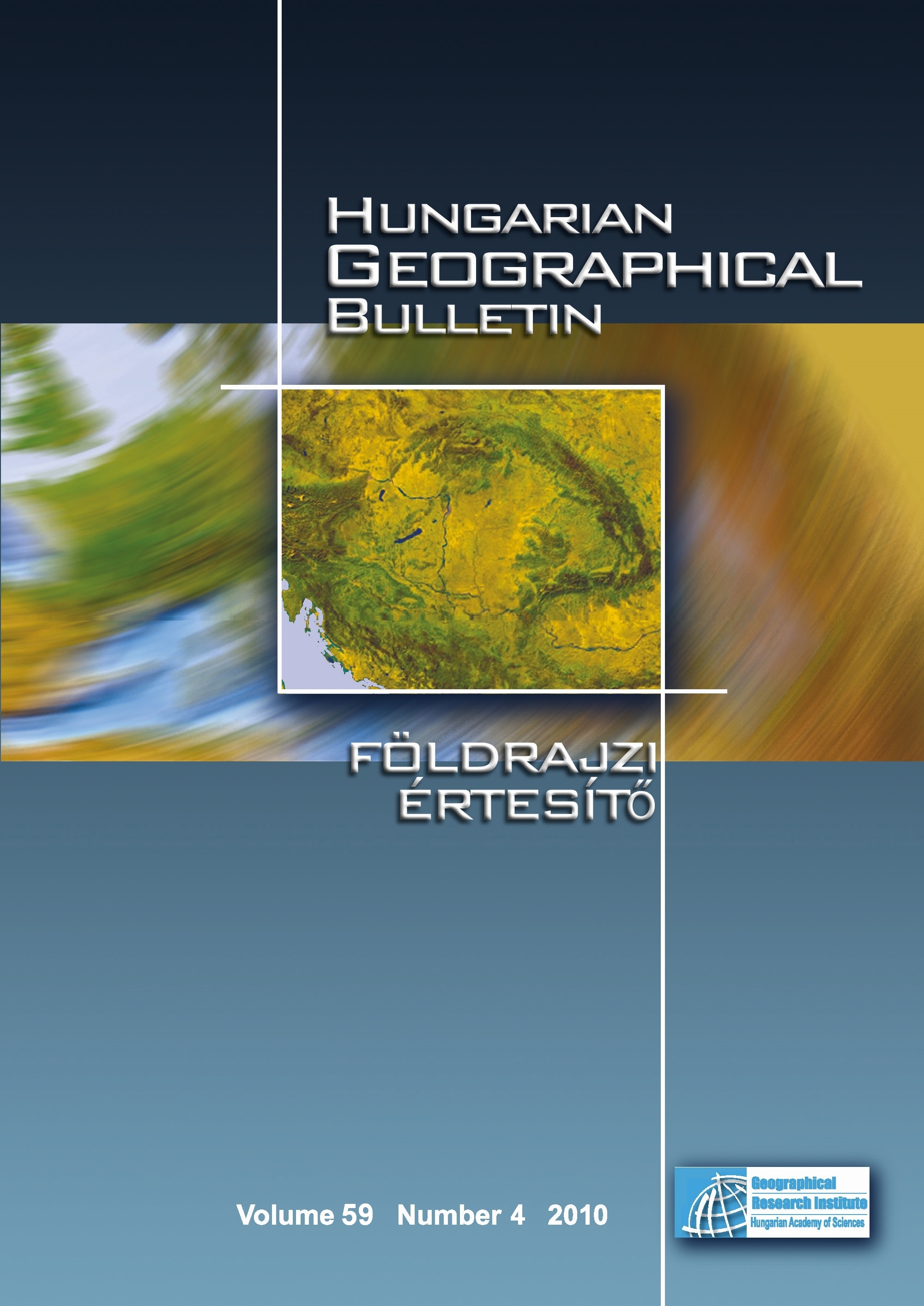Homogenized classification of developing economies: different countries behind general indices
Abstract
Countries in the world can be classified into different groups regarding their geographical location, historical background, economic and social environments, and even demographic conditions. It is obvious that decision makers need exact and general indices in order to identify country groups. On the basis of the evaluations by some international organizations (e.g. International Monetary Fund, the World Bank, United Nations) countries in Southeast Asia and in Eastern Europe belong to the same group – to that of developing countries – however they are quite different regarding their fundamental characteristics. The key elements of the comparison of countries are different indicators and indices (GDP, GDP PPS, HDI and HPI) and those used to form groups of nations. But do these indicators have sufficient validity? The main aim of this article is to compare the fundamental characteristics of the Philippines (Southeast Asia) and Hungary (Eastern Europe) to answer this question.
Copyright (c) 2010 György Csomós, Balázs Kulcsár

This work is licensed under a Creative Commons Attribution-NonCommercial-NoDerivatives 4.0 International License.






